

Table of contents:
Japan is a top travel destination. In 2024, it welcomed a record 36 million tourists. This surge has led to overcrowding in popular spots like Kyoto and Tokyo. Such overcrowding affects both locals and visitors. The term "kankō kōgai" (観光公害), meaning "tourism pollution," captures these challenges.
Overtourism strains infrastructure and disrupts daily life. To address this, Japan is promoting lesser-known destinations. The goal is to balance tourism benefits with preserving cultural heritage.
1. Understanding Overtourism in Japan
In 2024, Japan welcomed approximately 36.87 million international travelers, surpassing previous records. However, most tourists concentrate on the Golden Route, spanning Tokyo, Osaka, Kyoto, and Kobe.
This focus leads to overcrowding in these cities, especially at historical sites, museums, shrines, and temples. Such congestion strains local infrastructure and affects residents' daily lives. The term "kankō kōgai" (観光公害), meaning "tourism pollution," describes these challenges.
2. The Japanese Government's Response to Overtourism
Japan has seen a significant rise in tourism, with 36.9 million international visitors in 2024, surpassing pre-pandemic levels. This surge has led to overcrowding in popular destinations, prompting the government to implement several measures to manage overtourism:
- Infrastructure Enhancements: To alleviate congestion in major cities, the Japanese government is strengthening transportation systems. This includes expanding bus and taxi fleets to better accommodate the influx of tourists.
- Promoting Rural Tourism: Efforts are underway to encourage visitors to explore lesser-known rural areas. This strategy aims to distribute tourist numbers more evenly across the country, reducing pressure on urban hotspots.
- Visitor Restrictions at Key Sites: Local authorities are considering limiting the number of visitors to certain attractions during peak times. For instance, to address overcrowding on Mt. Fuji, Yamanashi Prefecture has introduced a daily cap of 4,000 climbers and implemented a ¥2,000 entrance fee to manage congestion and preserve the environment.
- Regulating Tourist Behavior: In Kyoto's historic Gion district, measures have been taken to protect cultural heritage. Tourists are prohibited from visiting certain alleys to prevent disruptions to geisha performances, and fines have been instituted for unauthorized photography of geisha.
- Adjusting Tax Policies: To fund overtourism countermeasures, Japan is considering increasing the departure tax for departing travelers. This additional revenue would support infrastructure improvements and sustainable tourism initiatives.
These comprehensive strategies aim to balance the benefits of tourism with the preservation of Japan's cultural and natural resources, ensuring a sustainable and respectful experience for both visitors and residents.

Popular Articles

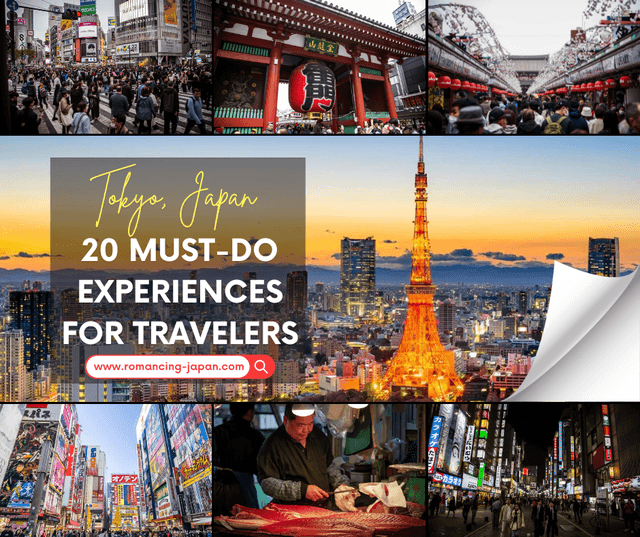
Tokyo Favorites: 20 Must-Do Experiences for Travelers
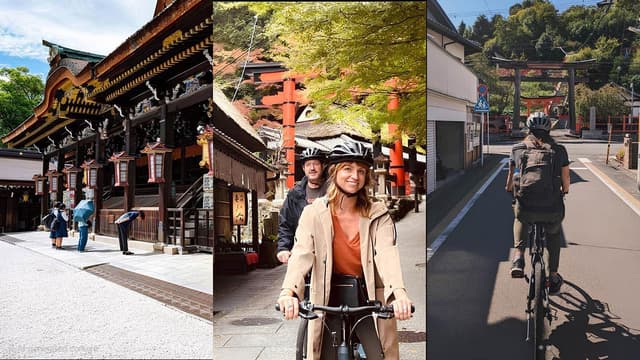
Kyoto Bike Tours: Discover the City’s Hidden Gems with Noru
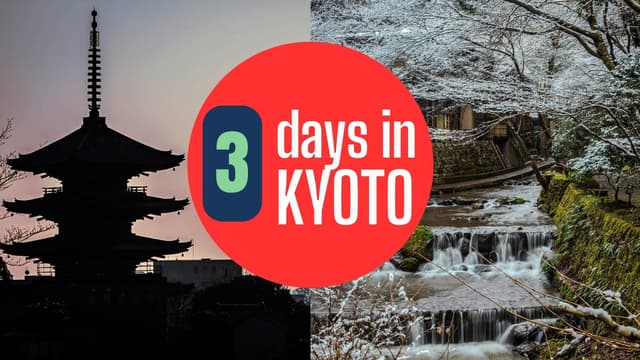
Kyoto 3-Day Itinerary: Best Things to Do for First-Time Visitors

Universal Studios Japan Tickets: Your Guide to Visiting USJ
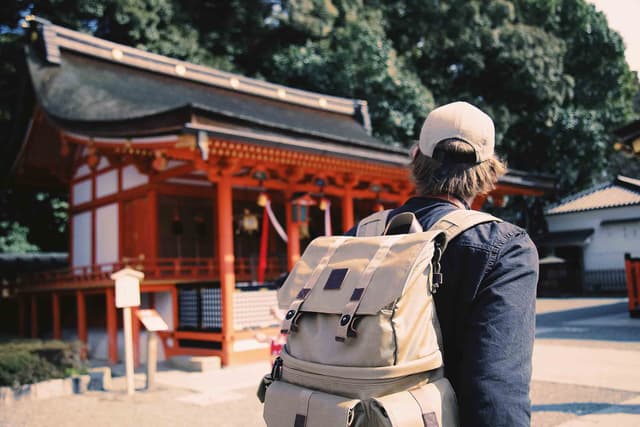
Find Out What Japan Really Thinks of Foreign Tourists

Manga Explained: Top Recommendations for Beginners
3. The Role of Tour Operators to Fight Effects of Overtourism
Tour operators have a crucial role to play in addressing the problem of overtourism. Companies like Walk Japan and Oku Japan are spearheading initiatives that focus on less-explored regions and incorporate community interactions into their itineraries. By offering tours that explore the country's history, nature, and geography on foot, these operators are helping to spread tourists more evenly across Japan.
4. Sustainable Eco-Tour Suggestions for Tourist in Japan
4.1. Eco-Tourism in Kyoto
5. The Growth of Agritourism to Combat Overtourism
In recent years, as a reaction to the overtourism phenomenon, a new type of tourism has begun to gain some traction, ‘agritourism’. This is tourism that focuses on farming and the countryside experience. It is an opportunity for tourists to learn about rural Japanese lifestyle through hands-on experience. Check out what tours or activities are available in the rural parts of Japan.
5.1. Kyoto: Tourists Experience Midori Farms
Midori Farm offers tourists an organic farming experience outside of the city in the Kyoto mountain villages that include Ohara, Keihoku, and Kutsuki, which is located over the boarder of Shiga Prefecture.
It’s a unique rural cultural experience and an opportunity to get your hands dirty and learn about Japanese farming techniques and the special culture that surrounds those communities. Check out their Facebook page.
5.2. Nagono: Traditional Farming for Tourists
The city of Iida is home to Sanwa Tourist Farm, where visitors participate in activities like rice planting and harvesting, apple picking, tea picking, and the production of dried persimmons. Farm stay tourism and the adaptive reuse of abandoned buildings are helping to revive the city's economy.
5.3. Akita: Vegetable Picking at Forest Farm Stay
Forest Farm Stay in Kamado, Akita Prefecture, there is agricultural programming, where the inns let guests participate in vegetable picking and planting in the spring and fall, as well as fishing on Lake Tazawa in the summer and autumn and snowmobiling in the winter.
6. The Positive Effects of Promoting Tourism in Rural Japan
When done thoughtfully, tourism can be a lifeline for rural Japanese communities. It's not just about the economic boost; it's about cultural exchange and keeping traditions alive.
Many rural communities in Japan are beginning to vanish. This is because of Japan becoming a hyper-aging society. By visiting rural areas, tourists can both experience and support the unique and culture and environment that small Japanese villages have to offer.
For example, the village of Nagoro on Shikoku Island, which has fallen to a population of only 24 people. It has been populated with life-size hand stitched dolls, crafted by resident, Tsukimi Ayano. A destination like Nagoro would make a unique and special tourist experience!
The enthusiasm and warmth of locals welcoming tourists into their lives can be heartwarming. Even if some villages face uncertain futures, the memories made and shared with visitors leave a lasting legacy.
7. Redirecting Footsteps to Hidden Corners
Encouraging tourists to explore less-known areas can help relieve the pressure on popular spots. This approach opens up a world of undiscovered beauty and authentic experiences, allowing tourists to unearth the real essence of Japan. It's a win-win: lesser-known regions get the spotlight they deserve, and tourists find unique, crowd-free experiences.
One example of tourist spots off-the-beaten-track is a the Nakasendo trail. This scenic route, originally connecting Edo (Tokyo) and Kyoto during the Edo/Tokugawa period (1603 - 1867), and is perfect for exploring Japan's history away from the busy city centers. The most famous stretch of the Nakasendo is located in the Kiso Valley, which is in Nagano Prefecture. The trek between Tsumago and Magome, through beautiful forests and past historical sites, is a must-do. It's a great way to immerse yourself in Japan's cultural heritage in a friendly, relaxed setting.

8. Conclusion: The Future of Japanese Tourism
As Japan grapples with the challenges of overtourism, the future of its tourism industry will likely involve a greater emphasis on promoting lesser-visited areas and encouraging responsible tourism. It will also require ongoing efforts from both the government and tour operators to manage tourist numbers and ensure that the benefits of tourism in Japan are spread more evenly across the country.
FAQs
How does overtourism affect Japan?
Overtourism negatively impacts both locals and the environment. Residents in major tourist areas face higher living costs, noise pollution, and overcrowding in public spaces. Additionally, increased foot traffic at historical and natural sites leads to environmental degradation, prompting stricter visitor controls to protect Japan’s cultural heritage.
Why is sustainable tourism important?
Sustainable tourism ensures that Japan’s cultural and natural heritage is preserved for future generations. By managing visitor numbers, promoting responsible travel, and encouraging eco-friendly practices, Japan can balance the benefits of tourism with the need to protect its local communities and environment.
What measures is the Japanese government implementing to combat overtourism?
The government is encouraging tourism in lesser-known rural areas to spread visitors more evenly across the country. Other measures include expanding transportation services, implementing visitor caps at popular sites, and introducing fees for access to high-traffic areas, such as Mt. Fuji’s Yoshida Trail.
What role do tour operators play in alleviating overtourism in Japan?
Tour operators are promoting off-the-beaten-path destinations by offering curated travel experiences in rural areas. Companies like Walk Japan and Oku Japan design tours that include cultural interactions and nature-based activities, helping to distribute tourists more evenly and support local communities.
How does agritourism contribute to sustainable tourism in Japan?
Agritourism allows visitors to experience Japan’s rural lifestyle by participating in farming, traditional crafts, and home-stays. This not only provides tourists with an authentic cultural experience but also supports local economies and reduces the concentration of visitors in urban hot-spots.
Loading Comments...

James Saunders-Wyndham
I've been immersed in Japanese culture and daily life for over 30 years and am proud to call Japan my home. Originally from Australia, my journey has taken me from teaching at Japanese universities to traveling extensively across the country, uncovering its hidden gems. As a web developer, I built Romancing Japan from the ground up to share these experiences with you. Whether it's the charm of old Kyoto, the pulse of Tokyo, or the tranquility of the countryside, I love helping others discover the magic of Japan—one story at a time.
Popular Articles

Tokyo Favorites: 20 Must-Do Experiences for Travelers
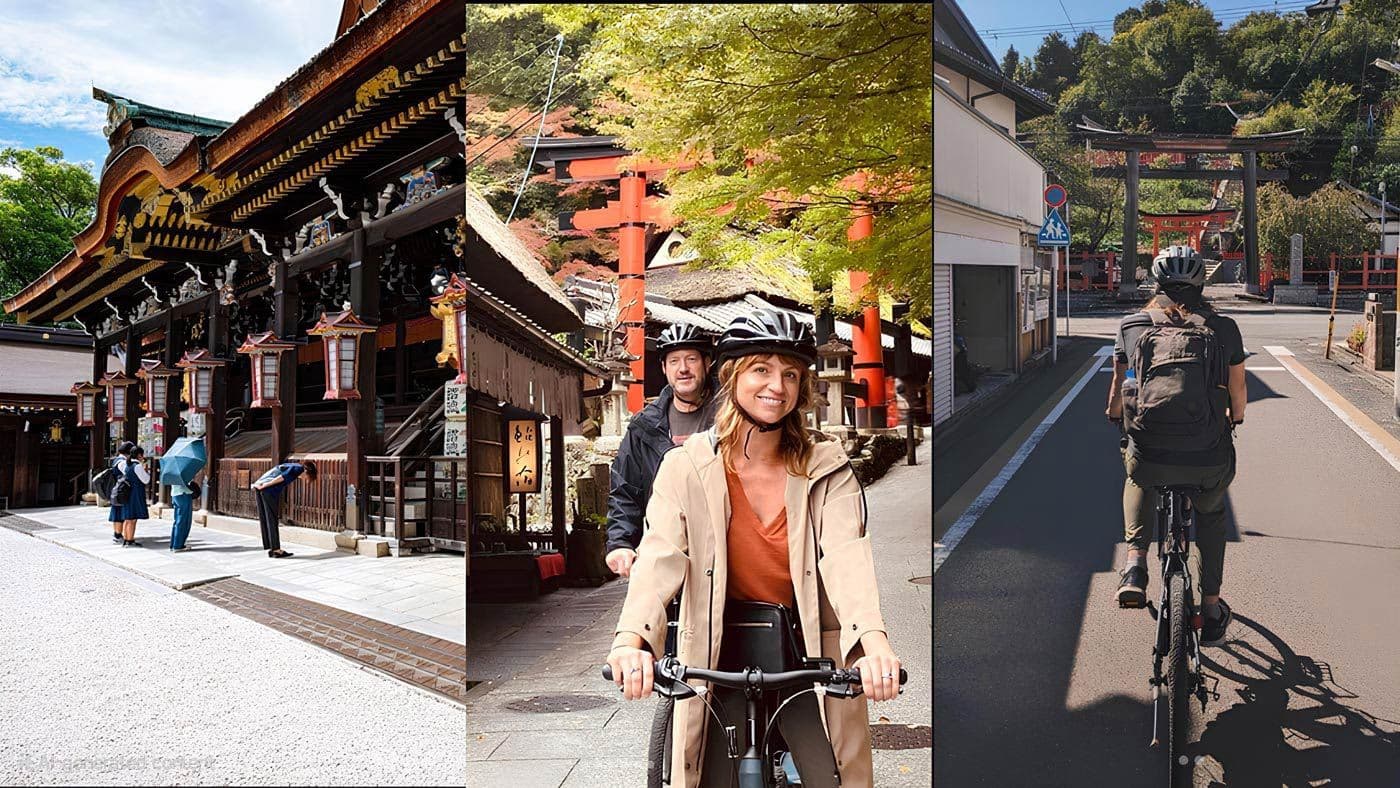
Kyoto Bike Tours: Discover the City’s Hidden Gems with Noru
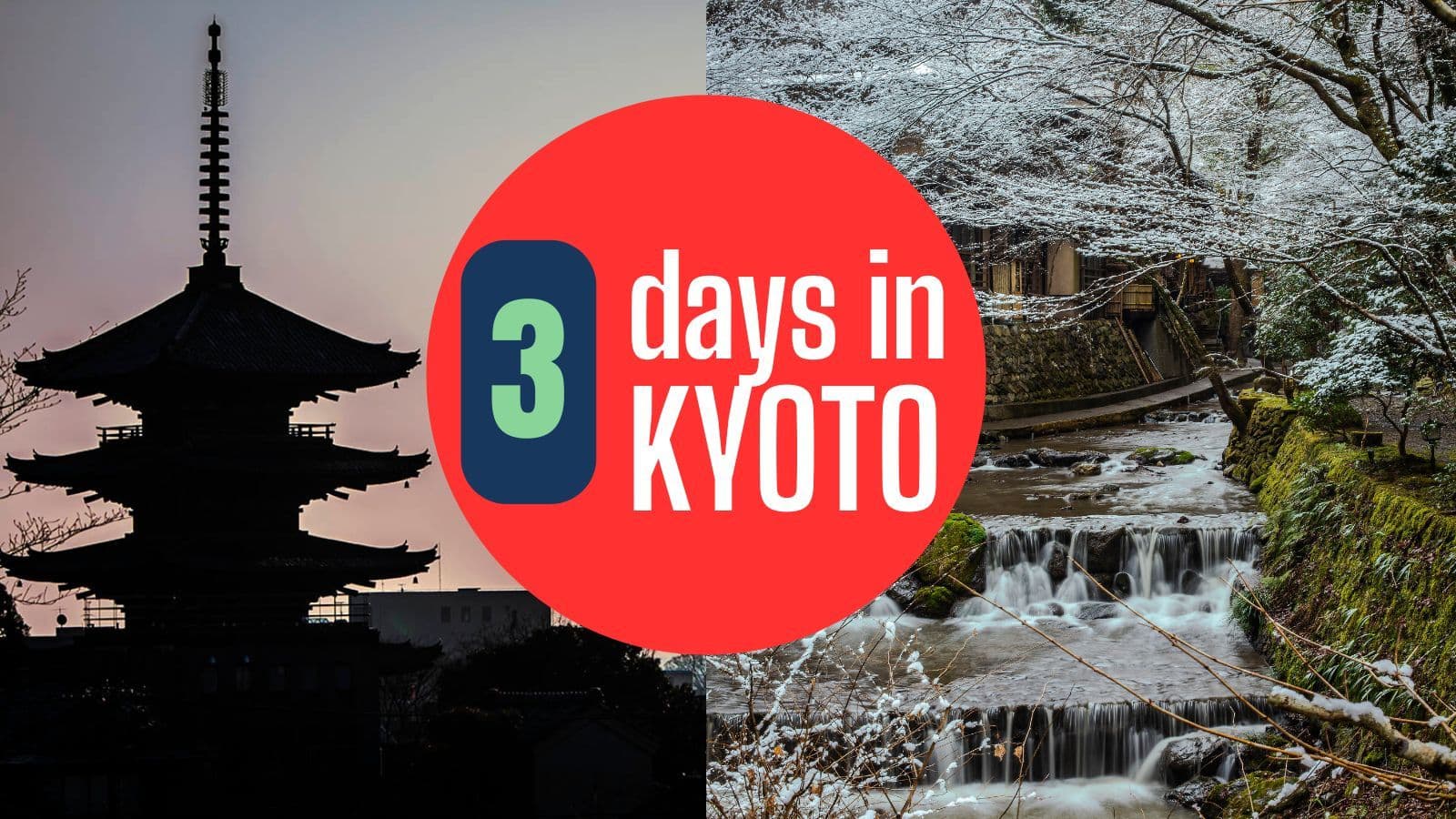
Kyoto 3-Day Itinerary: Best Things to Do for First-Time Visitors

Universal Studios Japan Tickets: Your Guide to Visiting USJ
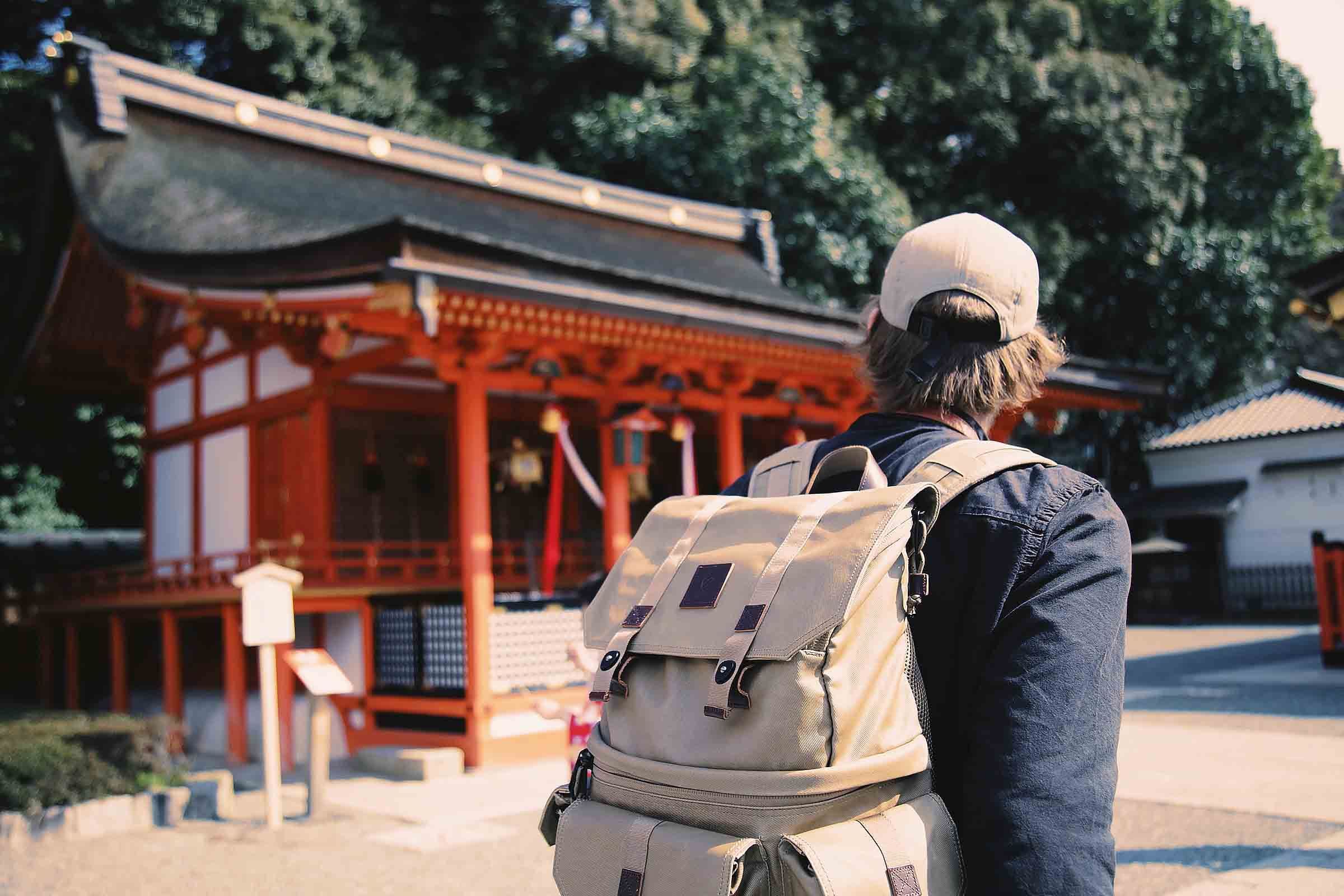
Find Out What Japan Really Thinks of Foreign Tourists



